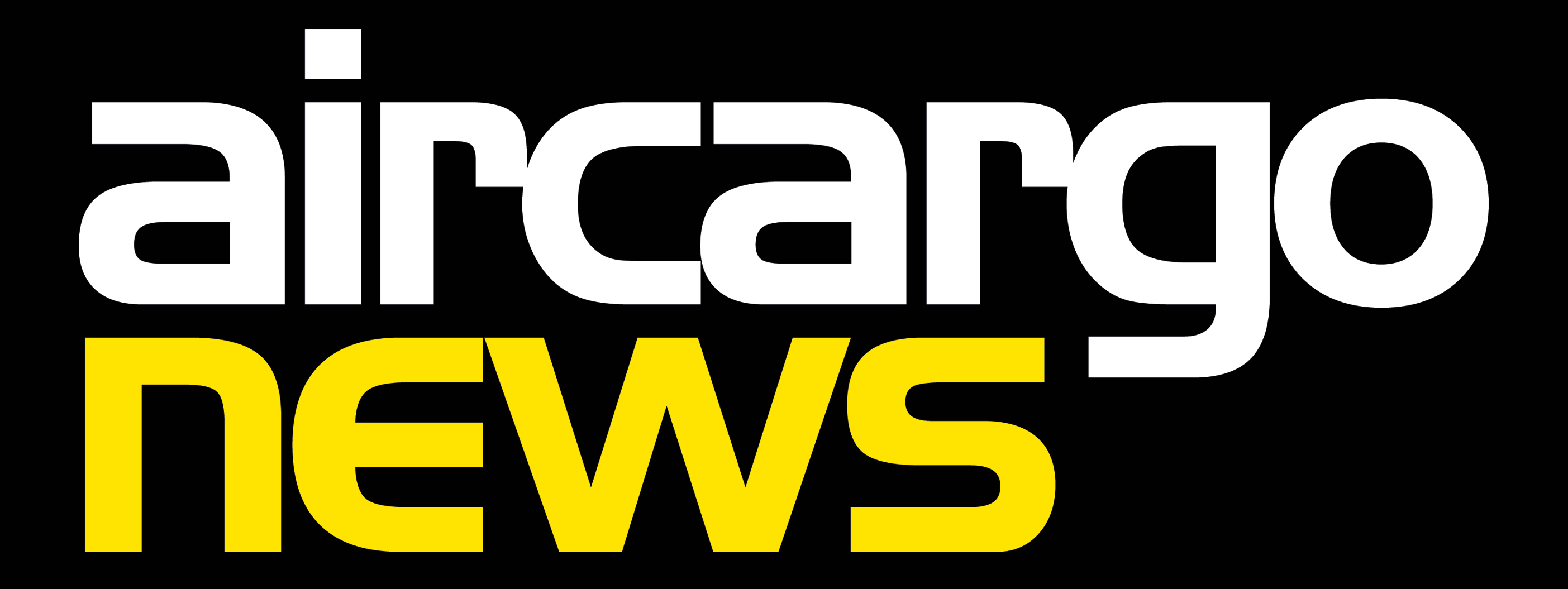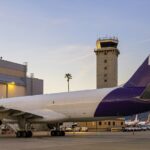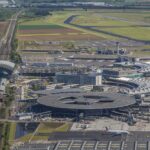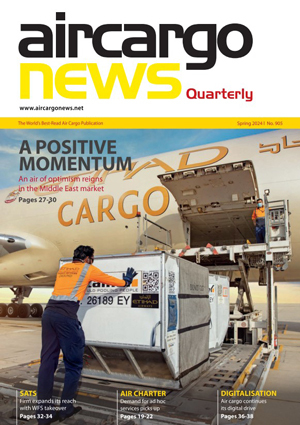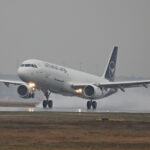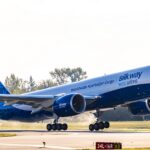Cargolux analysis: China airline waiting in the wings
01 / 10 / 2015

Cargolux boss Dirk Reich had a spring in his step when he arrived back at home hub Luxembourg aboard the European carrier’s new Boeing 747 freighter – the 13th ─ a plane dazzlingly bedecked with colourful images to celebrate the airline’s 45th anniversary.
Reich, fresh and surprisingly un-jetlagged from the first board meeting outside of Luxembourg, was able to outline the details of a new carrier project – with a ‘Cargolux China’ working title – that is taxiing for take-off once the contracts have been signed and the aircraft sourced.
He told journalists: “We are still in the middle of the preparations, but our intention is clear, we want to start an airline together with our Chinese shareholders.”
While agreements on the project are not finalised, discussions are at an advanced stage and the plan is to push the go button by the end of this year.
The new all-cargo subsidiary will be hubbed out of Zhengzhou airport ─ the city is the provincial capital of Henan Province in east-central China ─ and which boasts an iPhone-producing Foxconn manufacturing plant close by.
The choice of Zhengzhou is strategic. Henan Civil Aviation and Investment Co (HNCA) is a 35% shareholder in Cargolux, having bought the stake from the state of Luxembourg which acquired the tranche from Qatar Airways after the Middle East carrier sold its entire consideration in late 2012.
Currently, Cargolux operates seven flights a week from Luxembourg to Zhengzhou and will introduce a second flight from Italy to Zhengzhou in the first week of October. It also operates two flights from Zhengzhou via Anchorage to Chicago and back.
Said Reich of Zhengzhou: “It has a global hub function, but there is an intention to link it with express cargo carriers that use smaller aircraft, such as the B737F, in the fast-growing e-commerce market within China.”
On Cargolux China’s fleet plans, Reich said: “We will choose the 747, and the plan today is to start with three aircraft and then over a period of three years to expand the fleet to five aircraft.”
The new subsidiary’s fleet will be in addition to the 25 freighters operated by the Cargolux parent in Luxembourg, and will be either new ones from Boeing or carefully sourced used B747Fs with no more than 12 years on the clock, the selection being “a matter of the route profile, and investment”.
The 747 choice seems to be between -400s, extended range (ERF) or -8 freighters.
Cargolux’s freighters, which seem to dominate the slots at Luxembourg, have been busy. The carrier, which has invested $2.5bn in new aircraft and equipment over the past four years, saw a 4.5% rise in tonnages during the first half of 2015.
Reich said the B747 was a “natural” choice for the new offshoot, adding: “We know the aircraft, we know the maintenance and we have the pilots. To go in with a new [type of] aircraft in a new market has very low chance of success. So, we decided to take what we know best.”
Boeing’s twin-engine 777F was not considered, mainly due to issues of B747 fleet maintenance standardisation, the nose-loading ability and project cargo friendly contours of the four-engine B747 and the current low aviation fuel price, down by nearly a half form $1,000 per ton, which marginalises the difference between a four and two-engine freighter.
The China subsidiary’s three launch freighters will concentrate on the transpacific, with up to 80% of the flights going “back and forth” between the US and China, while the remainder will be intra-Asia rotations. There will not be any China domestic flights, said the Cargolux boss.
There will be a clear distinction between the route profile of the European parent and the Chinese subsidiary, with the former focused on the Atlantic and European routes.
Looking beyond the take-off trio freighters, to a five strong fleet, Reich said that the ambition for the Chinese arm is “to connect China with direct flights to Australia, South America, and Africa”.
Chinese cargo airlines, either home-grown or foreign implants with local shareholders, are the order of the day. But there are skeletons in the air cargo cupboard.
For example, the failed and acrimonious Sino-German Jade Cargo International, the joint venture between Lufthansa Cargo and Shenzhen Airlines, which flew its last flight in December 2011 after the stakeholders failed to come up with a restructuring plan.
Three of Jade’s six 747-400Fs are currently up for auction later this month (October), although the trio has just eleven engines between them, perhaps symbolic of the doomed enterprise. Reich ranked the probabilities of Cargolux China purchasing them as “very small at this stage”.
Cargolux was not involved in the Jade enterprise, but has learned the lessons from history, said Reich: “We looked specifically at Jade, which I guess is the most prominent example in the last few years, and there are some reasons why it failed.”
One of the reasons was that Jade had a joint venture with another competitor at that time, and that it was not cooperating but rather competing with Lufthansa.
Reich continued: “I think it was a big mistake putting two airlines together, so we won’t do that. We have the province, we have the development agency, the airport but we have no other airlines. There is no conflict of interest between the airlines.
“We also learned about the problems of getting pilots on board in time, which was one of the problems. They had no pilots.”
In Europe, Cargolux has had its own pilot issues, resulting in limited industrial action, and will hold a critical meeting with the unions in mid-November.
Cargolux will look carefully at how it can have a mix of pilots, and will not follow the Jade management style, said Reich: “The Jade management team was parachuted into China, to start an airline all by itself.”
Added Reich: “It is also important to know that Cargolux will be the exclusive general sales agent of Cargolux China, a totally different concept from when Jade went to the market. So, it will be our sales organisation worldwide.”
Asked about road feeder services (RFS) in China, Reich said that the new airline will use local truckers because the quality is fine, although foreign trucking partners would be welcomed too.
RFS is important because approximately 10% of volumes will come directly from the Zhengzhou area – mainly Foxconn ─ with the majority of airfreight coming from China’s greater plains between Beijing, Shanghai and the mainland.
Said Reich: “We use local truckers and have no problems, but we also looking at introducing European partners who want to go there, and who have an interest to invest. We would definitely also use them in China.”
Currently in China, the pick-up is performed by the forwarder in China, but these regulations are expected to change at the beginning of 2016, which would allow for a similar distribution profile as in Europe.
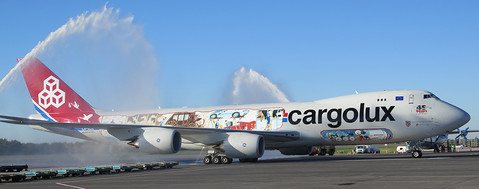
Lucky thirteen for Cargolux
